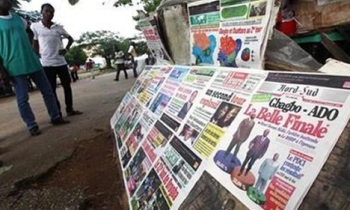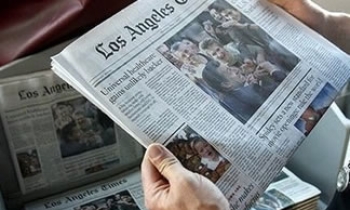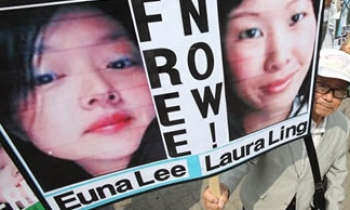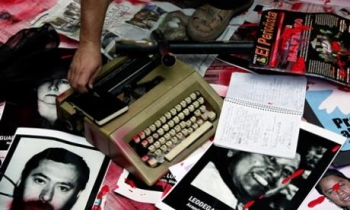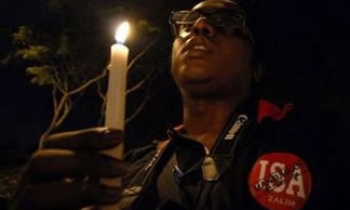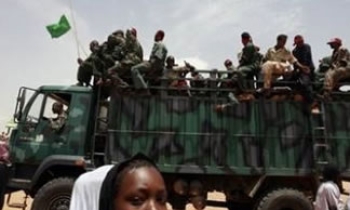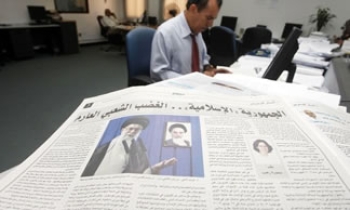Chauncey Bailey, outspoken editor of the Oakland Post and former reporter for the Oakland Tribune, was shot dead by a masked gunman on a downtown Oakland street Thursday.

Around 7:30 am, an unidentified assailant dressed in black clothes approached Bailey while he was on his way to work, according to press reports and the Committee to Protect Journalists (CPJ). The gunman shot Bailey multiple times at close range before fleeing on foot, Oakland police spokesman Roland Holmgren told CPJ. Bailey was pronounced dead at the scene.
Holmgren told CPJ that investigators believe Bailey’s shooting was not a random act. “He was apparently targeted,†Holmgren said. Investigators have not established a motive but are looking at Bailey’s journalism as a possibility, he said. John Bowens, advertising director at the Oakland Post, said that colleagues at the paper “had no idea what the motive could be,†the San Francisco Chronicle reported.
Bailey, 58, a veteran television and print journalist in California’s Bay Area, had covered a variety of issues including city politics and crime, Holmgren said. He had been named editor of the Oakland Post in June. Bailey was an assertive reporter who was respected by his peers, the police spokesman said. Bailey had previously worked as a reporter for the Oakland Tribune, covering African-American issues.
“We are deeply troubled by the murder of Chauncey Bailey and we urge the local authorities to conduct a complete and vigorous investigation into his death,†said CPJ Executive Director Joel Simon. “The killing of journalists in the US is rare and is certainly alarming.†CPJ will continue to investigate all possible links between Bailey’s slaying and his journalistic work.
Few journalists haven been killed in the line of duty in the United States in recent years, CPJ research shows. In 2001, freelance photographer William Biggart was killed in the terrorist attack on the World Trade Center, and Robert Stevens, a photo editor at the Sun, died of inhalation anthrax in Boca Raton, Florida.
The last targeted assassination of a journalist occurred in 1993 when radio reporter Dona St Plite, a Miami radio reporter of Haitian descent, was gunned down at a benefit. The period from 1976 to 1993 saw a total of 12 journalist killings. A CPJ report issued that year, Silenced: The Unsolved Murders of Immigrant Journalists in the United States, found that in all but one case, the victims were immigrant journalists working in languages other than English. Most received little or no national media attention.
"He was very controversial," Derrick Nesbitt, who worked with Bailey on a cable access channel called "Soul Beat" from 1997 to 2004, told the Chronicle. "He was tenacious and would not let people off the hook, whether he was reporting on corruption in city government, the entertainment business or among rappers. He ruffled a lot of feathers because of it."
Bailey was fired from the Tribune in 2005 for ethics violations, according to several former colleagues. He went on to work for the Post as a freelance foreign correspondent, covering stories in Vietnam and Haiti, and was named editor of the publication in June. Bailey had recently written stories about foreclosure rates disproportionately affecting African-Americans and Latinos.

